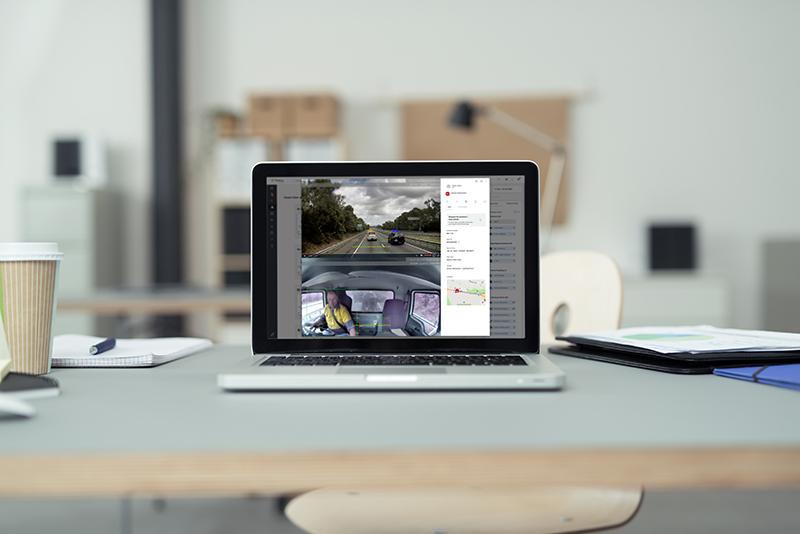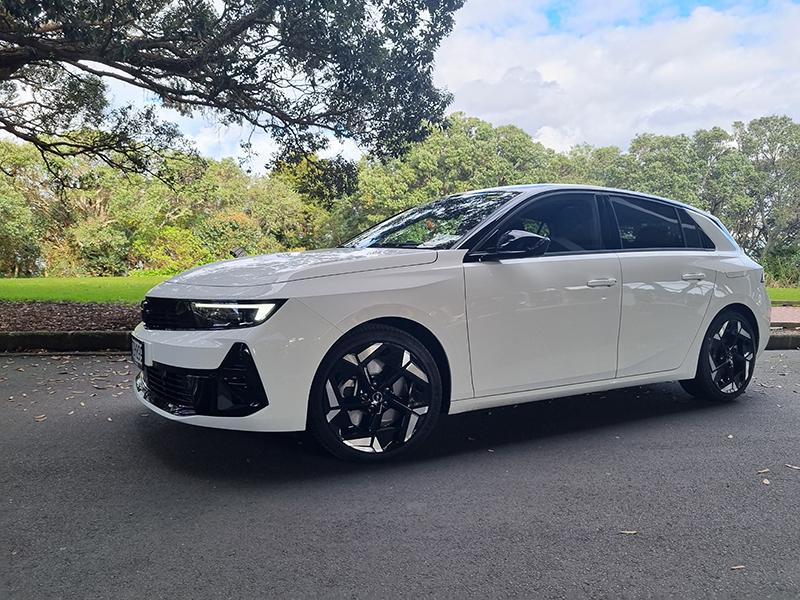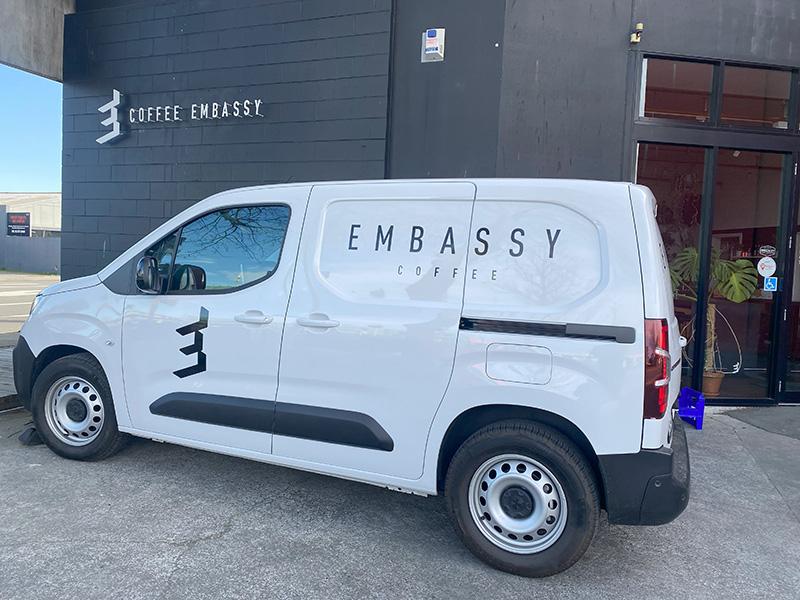We know that our drivers live and breathe their job. With this comes a wealth of knowledge and skill that puts them as top performers on our roads. Despite this, drivers are still human, and mistakes happen.
According to Worksafe, there were 34 fatalities and 996 injuries resulting in people needing more than a week away from work, relating to vehicle incidents in the workplace from January 2020 to January 2021.
A significant issue behind these collisions is driver distraction, accounting for 125 injuries and 23 deaths on our roads in 2020. Whether this be through texting, eating, drinking, or talking to other passengers, distraction is a serious problem for the safety of our drivers on the road.
Unfortunately, with familiarity comes driver complacency. When you have become so accustomed to driving, it is easy to fall into bad habits.
Over time it is easy to find faster, more convenient ways to get the job done. Whether speeding, harsh braking, multitasking, or general poor decision making on the road, even our most skilled drivers can become complacent in the name of productivity.
And this is the reason it is vitally important to have ongoing driver monitoring and training to keep all drivers safe, and to reduce unnecessary costs to our business.
Healthy competition
Increasing the skills of our drivers is a proactive approach to fleet management.
Rather than an ‘ambulance at the bottom of the cliff’ attitude, having the resources to prevent collisions before they occur is the first step of efficient business management. Fleet management software allows us to do just that.
Take Driver Scorecard for example - you can monitor driver performance against a range of performance and safety-based metrics.
This provides a touch of friendly competition, incentivising all drivers to brush up on their road safety skills. Encouraging motivation to change individual driving behaviours is crucial in developing long-term, sustainable driving habits which will save you money in the long run.
In-depth analytics on driver performance means managers can see the impact of speed, fuel, and maintenance costs in real-time.
Investing in systems to not only identify where driver performance is lacking, but providing personalised training modules for improving safety performance, is a long-term approach to reducing unnecessary costs to your business.
As driver behaviour improves, fleet managers will see a reduction in unnecessary costs associated with unsafe habits.
Real-time coaching
Another tool in driver training is AI-powered smart dashcams. This type of solution is invaluable for identifying poor driver behaviour in real-time.
Using HD camera footage, telematics data and analytics allows managers to monitor unsafe behaviour as it happens. With direct alerts to the driver, managers can prevent bad driving habits from forming by using real-time training.
Drivers and fleet managers can get an overall, on-the-go picture of driver behaviour, conditions on the road and other vehicles near-by, meaning they can take responsive, proactive action toward situations on the road.
Pinpointing unsafe driver behaviour and rectifying it early on enforces safe, sustainable habits for drivers to carry on throughout their years in the industry.
While we cannot control the conditions our drivers drive in, we can ensure that they are focused and alert on the road.
Smart dashcams let us determine the causes of driver distraction in real time, whether this be eating lunch on the road, making work related calls, or adjusting GPS settings.
It is important that we implement systems to look out for our drivers, so we can reduce company vehicle collisions and the rate of vehicle-related workplace injuries.
We know that our drivers are in it for the long haul, and we want safe driving habits to be as well. By including technology for fleet and driver safety management, managers can stop bad habits before they start.
Having a proactive approach, mitigating risk, and giving drivers ongoing encouragement to develop and maintain high safety standards on the road, not only keeps them safe but is good for business too.
Promoting a culture of safety amongst our drivers will reduce unnecessary costs for fleet maintenance, fuel, and traffic violations long-term.
Introducing smart technology to improve driver behaviour is the simplest, most efficient, and effective way to encourage good safety habits in our drivers, even those with decades of experience.
By Michael Barnard






